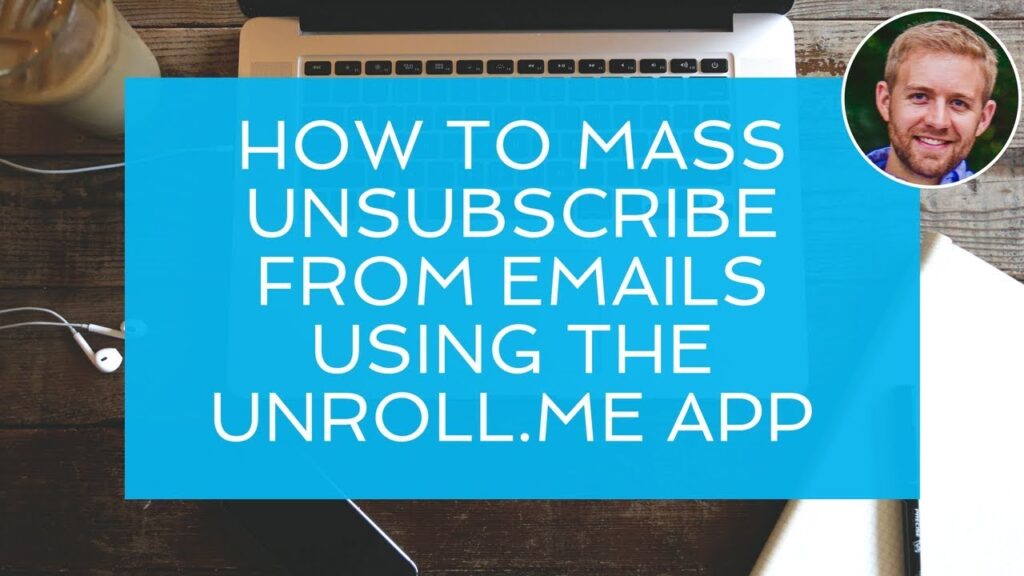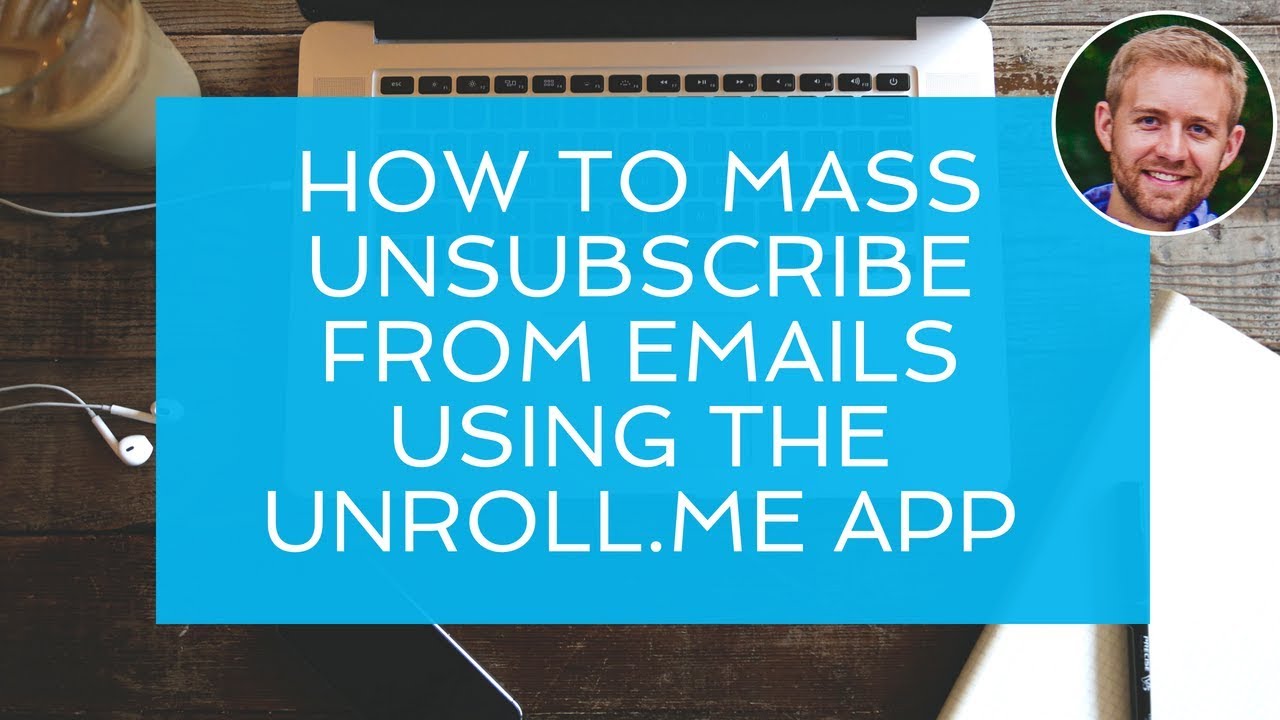
Mass Unsubscribe: A Comprehensive Guide to Email List Hygiene
In today’s digital landscape, email marketing remains a crucial tool for businesses of all sizes. However, maintaining a healthy and engaged email list is paramount to its success. One often overlooked aspect of email list management is the concept of a mass unsubscribe. This article delves into the intricacies of mass unsubscribe, exploring its causes, consequences, and strategies for mitigating its impact. Understanding and proactively addressing this phenomenon is essential for optimizing email deliverability, protecting sender reputation, and maximizing the return on investment (ROI) of email marketing campaigns.
What is a Mass Unsubscribe?
A mass unsubscribe event occurs when a significant number of subscribers opt out of receiving emails from a sender within a short period. This can manifest as a sudden spike in unsubscribe rates, often exceeding typical daily or weekly averages. The reasons behind a mass unsubscribe can be varied, ranging from changes in email content and frequency to broader external factors.
Common Causes of Mass Unsubscribes
Several factors can trigger a mass unsubscribe event. Identifying these causes is crucial for preventing future occurrences and improving overall email marketing strategy:
- Poor Email List Hygiene: Neglecting regular list cleaning can result in a build-up of inactive or unengaged subscribers. Sending emails to these recipients increases the likelihood of unsubscribes and spam complaints.
- Irrelevant Content: Sending emails that are not relevant to the subscribers’ interests or needs can lead to disengagement and unsubscribes. Personalization and segmentation are key to delivering targeted content.
- Excessive Email Frequency: Bombarding subscribers with too many emails can be overwhelming and annoying, prompting them to unsubscribe. Finding the right balance in email frequency is essential.
- Changes in Email Content or Design: A sudden shift in the type of content sent or a drastic redesign of the email template can alienate subscribers who were accustomed to the previous format.
- Difficult Unsubscribe Process: Making it difficult for subscribers to unsubscribe can frustrate them and lead to spam complaints instead. A clear and easy-to-find unsubscribe link is a best practice.
- Data Breaches or Security Concerns: If subscribers suspect that their email address has been compromised or that the sender is not taking data security seriously, they may unsubscribe as a precaution.
- External Events or News: Major news events or industry trends can sometimes trigger a mass unsubscribe, particularly if the sender’s emails are perceived as insensitive or irrelevant in the context of these events.
- Changes in Privacy Policies: Updates to a company’s privacy policy, especially those that are perceived as intrusive or exploitative, can cause subscribers to lose trust and unsubscribe.
- Sending Emails After a Long Hiatus: If you haven’t emailed your list in a long time, subscribers may not remember who you are or why they subscribed in the first place. This can lead to a surge in unsubscribes.
- Broken Links or Technical Issues: Emails with broken links or technical glitches can create a negative user experience and prompt subscribers to unsubscribe. Thorough testing is essential before sending any email campaign.
Consequences of Mass Unsubscribes
The impact of a mass unsubscribe event extends beyond simply losing subscribers. It can have significant consequences for email deliverability and sender reputation:
- Damaged Sender Reputation: A high unsubscribe rate signals to email service providers (ESPs) that the sender is not providing value to subscribers. This can negatively impact sender reputation and lead to emails being filtered into spam folders.
- Decreased Email Deliverability: As sender reputation declines, ESPs are more likely to block or filter emails from that sender, resulting in lower deliverability rates.
- Reduced Engagement Rates: A mass unsubscribe event often precedes a decline in overall engagement rates, including open rates, click-through rates, and conversions.
- Increased Costs: Sending emails to inactive or unengaged subscribers wastes resources and can increase email marketing costs.
- Lost Revenue Opportunities: A smaller and less engaged email list translates to fewer opportunities to generate leads, drive sales, and build customer loyalty.
Strategies to Prevent and Mitigate Mass Unsubscribes
Proactive measures are essential to prevent mass unsubscribe events and mitigate their potential impact. Consider implementing the following strategies:
Prioritize Email List Hygiene
Regularly clean your email list to remove inactive or unengaged subscribers. This can be achieved through:
- Sunset Policies: Implement a policy to automatically unsubscribe subscribers who haven’t engaged with your emails for a specified period (e.g., six months or a year).
- Re-engagement Campaigns: Send targeted campaigns to inactive subscribers to encourage them to re-engage with your emails. Offer incentives or ask them to confirm their subscription.
- Double Opt-In: Require new subscribers to confirm their email address before being added to your list. This ensures that only genuine and interested individuals are subscribed. [See also: Double Opt-In Best Practices]
Deliver Relevant and Valuable Content
Ensure that your email content is relevant to the interests and needs of your subscribers. Implement the following tactics:
- Segmentation: Segment your email list based on demographics, interests, purchase history, or other relevant criteria. This allows you to send targeted emails that are more likely to resonate with each segment.
- Personalization: Personalize your emails with the subscriber’s name, location, or other relevant information. This creates a more personal and engaging experience.
- Content Mapping: Map your email content to the customer journey. Send emails that are appropriate for each stage of the customer lifecycle.
Optimize Email Frequency
Find the right balance in email frequency to avoid overwhelming subscribers. Consider the following:
- Subscriber Preferences: Allow subscribers to choose their preferred email frequency.
- A/B Testing: Experiment with different email frequencies to determine what works best for your audience.
- Email Fatigue Monitoring: Track engagement metrics to identify signs of email fatigue and adjust your sending frequency accordingly.
Maintain a Consistent Brand Experience
Avoid making drastic changes to your email content or design that could alienate subscribers. Consider the following:
- Gradual Changes: If you need to make significant changes, introduce them gradually over time.
- A/B Testing: Test new designs or content formats with a small segment of your list before rolling them out to the entire audience.
- Feedback Collection: Solicit feedback from subscribers on new changes to ensure they are well-received.
Simplify the Unsubscribe Process
Make it easy for subscribers to unsubscribe from your emails. This demonstrates respect for their preferences and reduces the likelihood of spam complaints.
- Clear Unsubscribe Link: Include a clear and easy-to-find unsubscribe link in every email.
- One-Click Unsubscribe: Implement a one-click unsubscribe option to make the process as simple as possible.
- Unsubscribe Confirmation: Provide a confirmation message after a subscriber unsubscribes to let them know that their request has been processed.
Monitor Email Marketing Metrics
Regularly monitor key email marketing metrics, such as unsubscribe rates, open rates, click-through rates, and spam complaints. This will help you identify potential problems early on and take corrective action.
- Unsubscribe Rate Alerts: Set up alerts to notify you when unsubscribe rates exceed a certain threshold.
- A/B Testing: Continuously test different aspects of your email campaigns to optimize performance and reduce unsubscribe rates. [See also: A/B Testing for Email Marketing]
- Feedback Analysis: Analyze subscriber feedback to identify common complaints and areas for improvement.
Responding to a Mass Unsubscribe Event
Even with proactive measures in place, a mass unsubscribe event can still occur. If you experience a sudden spike in unsubscribes, take the following steps:
- Investigate the Cause: Determine the likely cause of the mass unsubscribe. Review recent email campaigns, changes to your website, or any external events that may have contributed to the event.
- Pause Email Sending: Temporarily pause email sending to prevent further damage to your sender reputation.
- Segment and Clean Your List: Segment your list and remove any subscribers who are likely to be unengaged or uninterested.
- Send a Re-engagement Campaign: Send a targeted re-engagement campaign to the remaining subscribers to encourage them to re-engage with your emails.
- Monitor Deliverability: Closely monitor your email deliverability rates to ensure that your emails are reaching the inbox.
- Adjust Your Strategy: Based on your findings, adjust your email marketing strategy to prevent future mass unsubscribe events.
The Future of Email List Management and Mass Unsubscribes
As email marketing continues to evolve, the importance of email list hygiene and proactive measures to prevent mass unsubscribes will only increase. The rise of AI-powered email marketing platforms and advanced analytics tools will enable marketers to better understand subscriber behavior and personalize email content at scale. These technologies will help to further reduce the likelihood of mass unsubscribe events and improve the overall effectiveness of email marketing campaigns.
Conclusion
A mass unsubscribe event can be a significant setback for any email marketing program. However, by understanding the causes, consequences, and strategies for preventing and mitigating its impact, businesses can protect their sender reputation, improve email deliverability, and maximize the ROI of their email marketing campaigns. Prioritizing email list hygiene, delivering relevant content, optimizing email frequency, and simplifying the unsubscribe process are essential steps in maintaining a healthy and engaged email list. By proactively addressing these issues, marketers can ensure that their email marketing efforts continue to deliver value to both their subscribers and their business.

